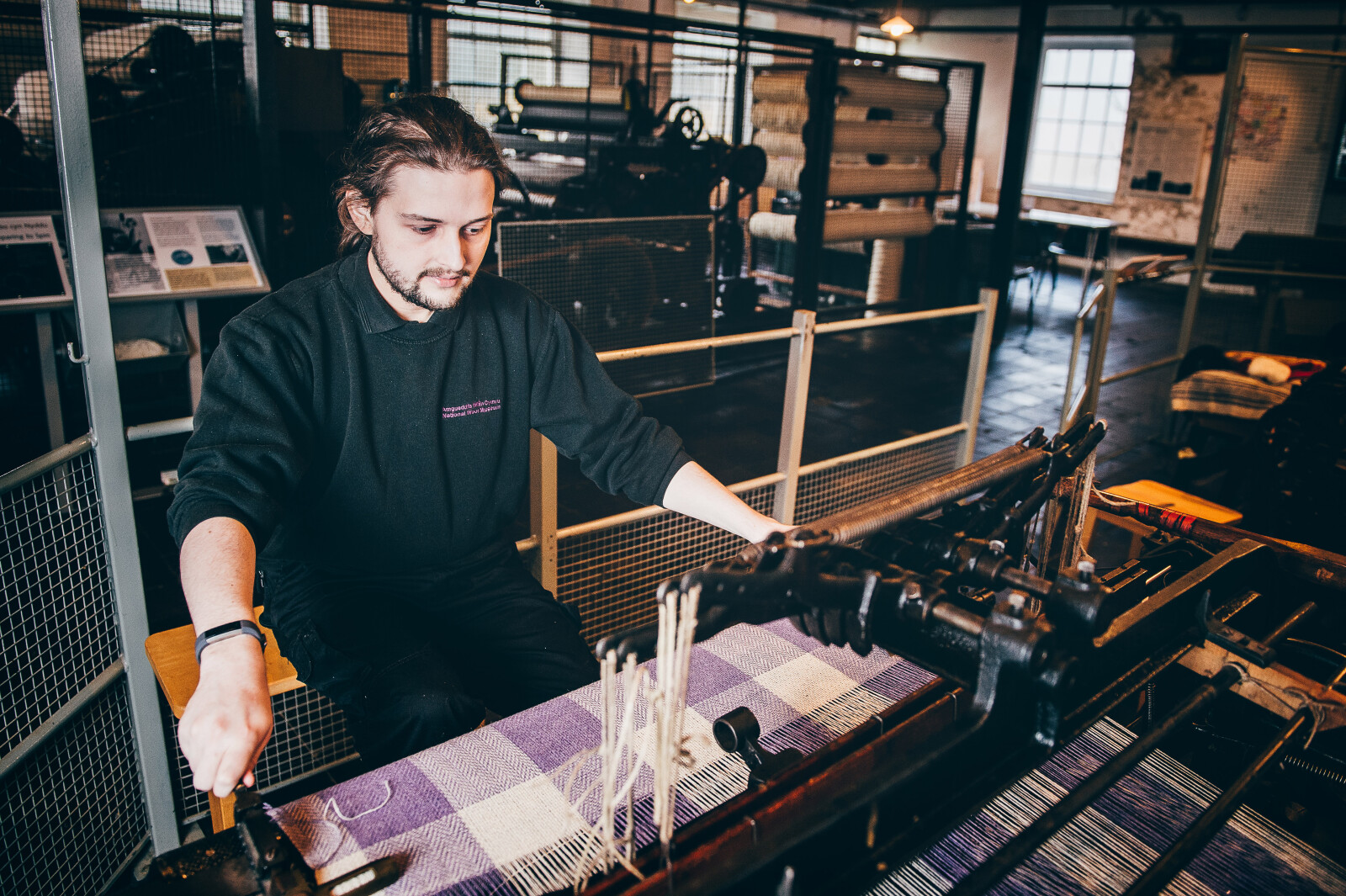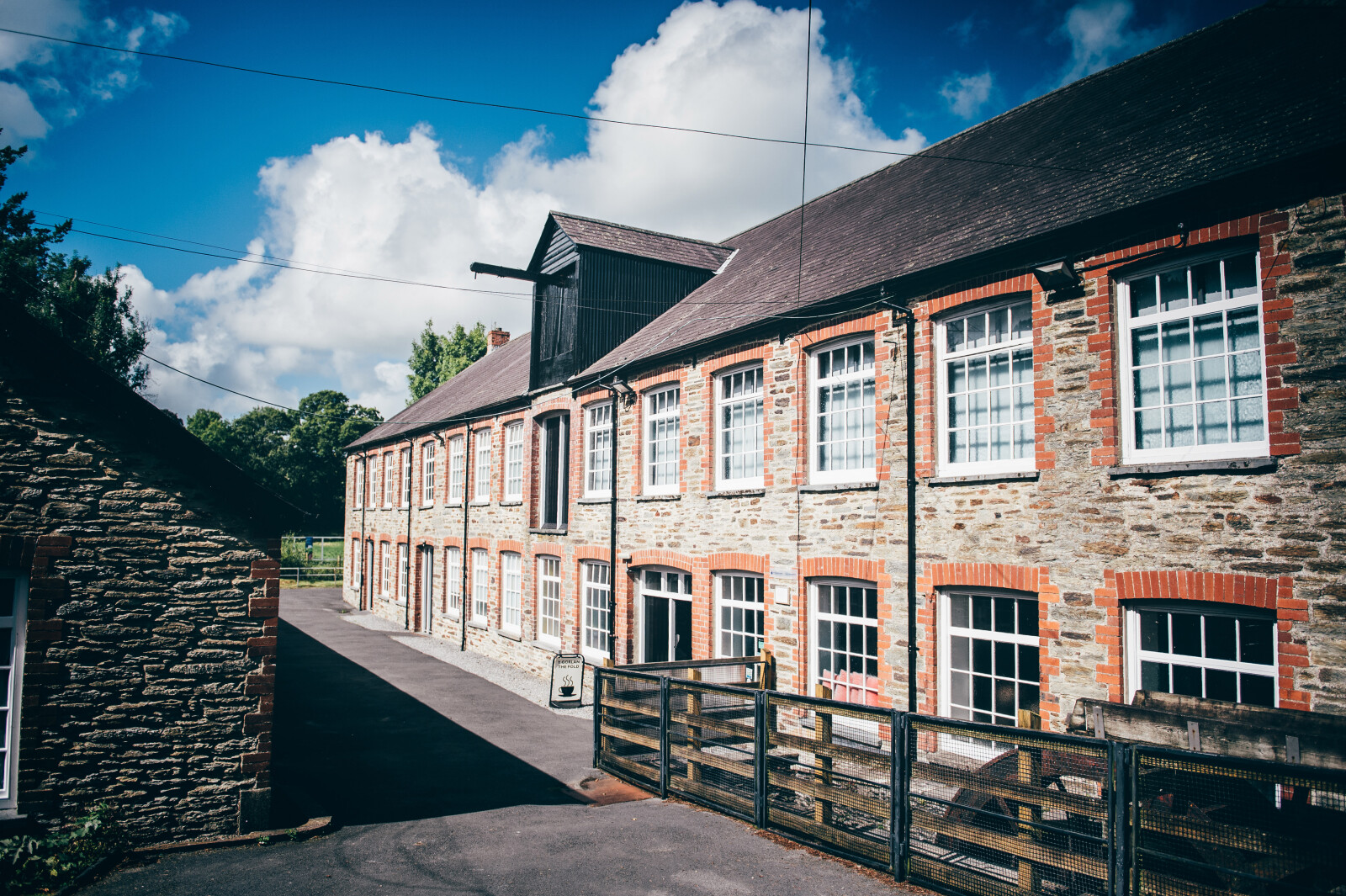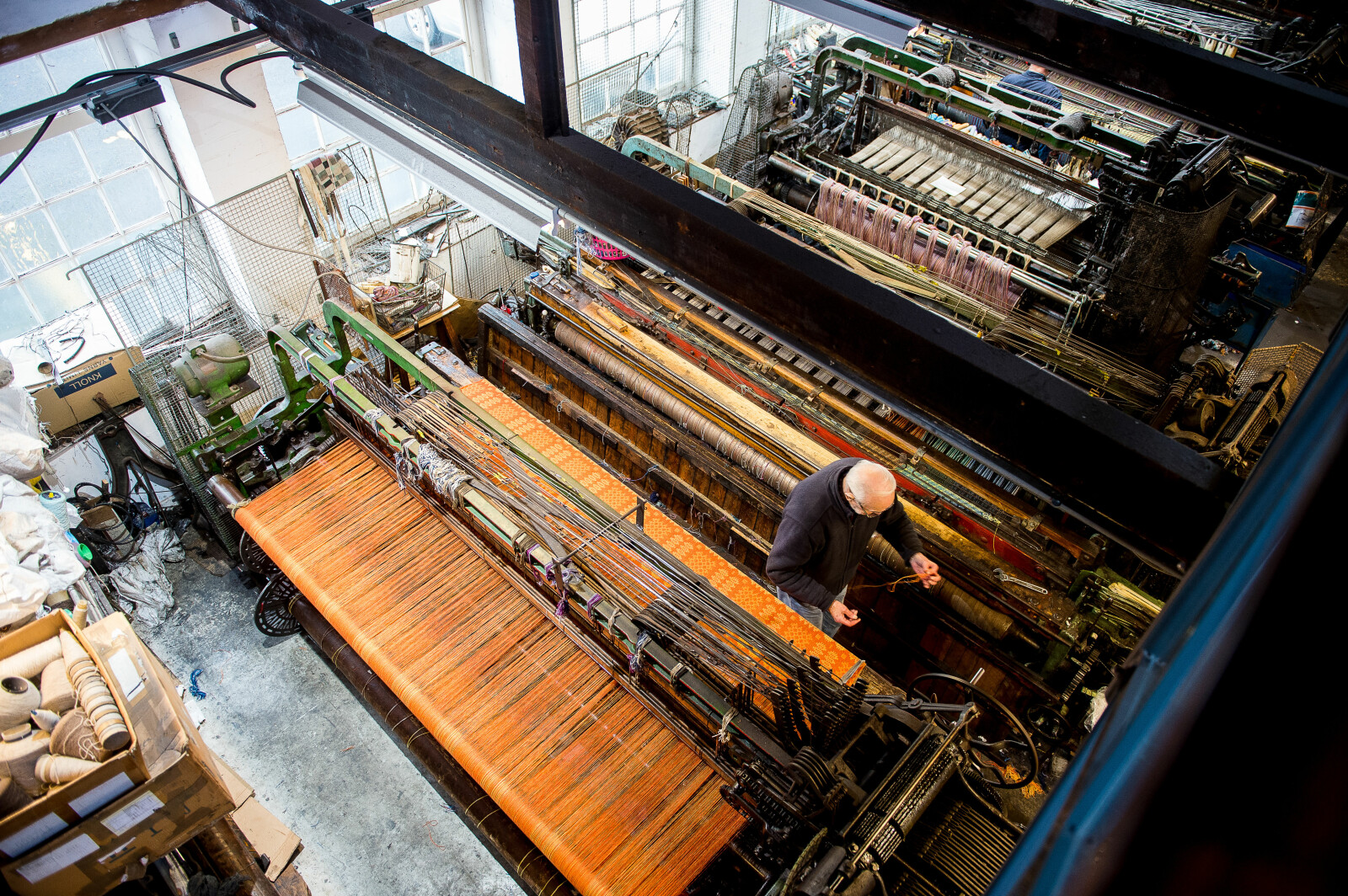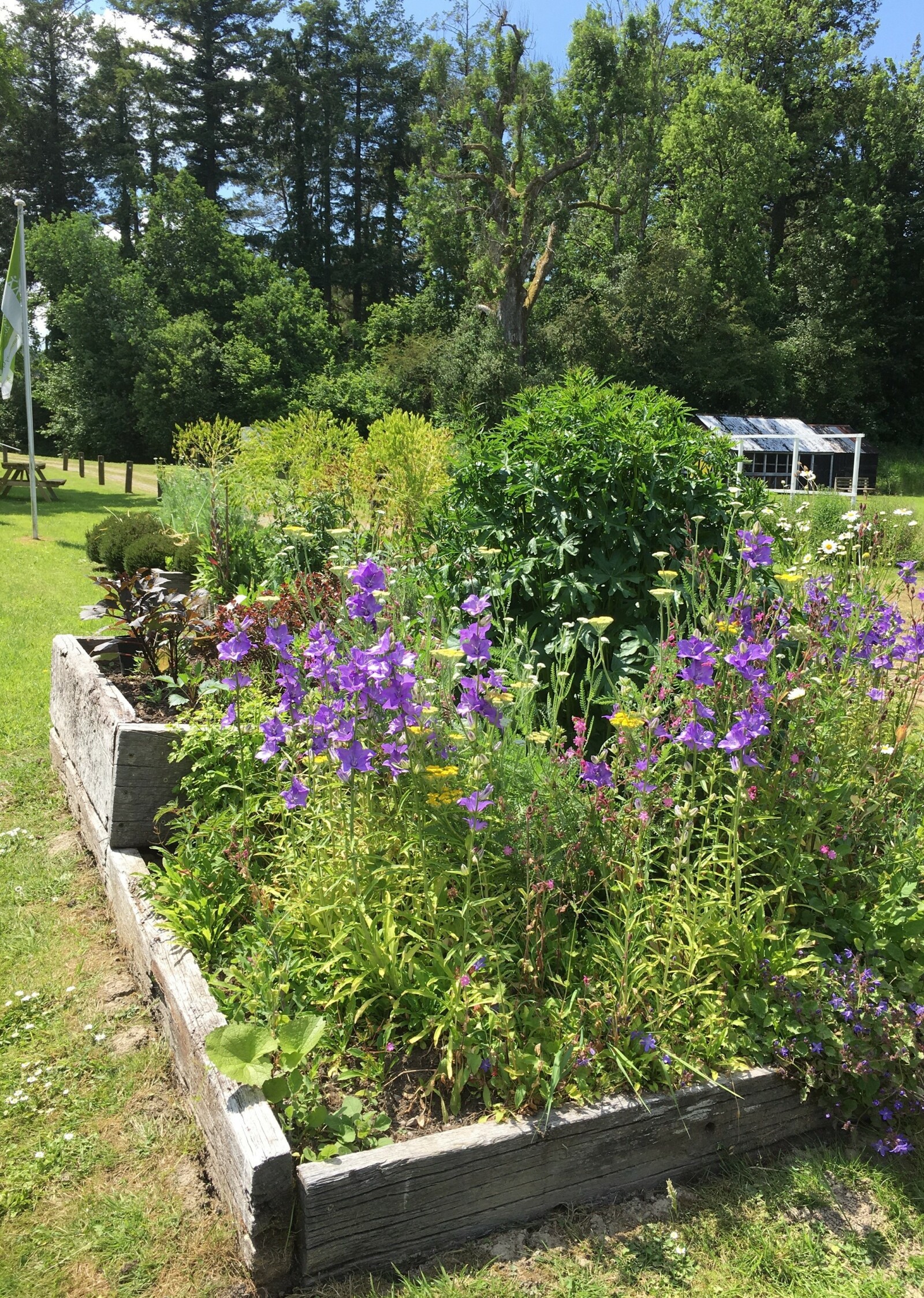Highlights

Discover the spellbinding story of the Welsh woollen industry
Wool was historically the most important and widespread of Wales's industries. The picturesque village of Dre-fach Felindre in the beautiful Teifi valley was once the centre of a thriving woollen industry, earning the nickname 'The Huddersfield of Wales'.
Due to COVID-19 restrictions, your visit will be different from what you are used to.
More details
Located in the historic former Cambrian Mills, shirts and shawls, blankets and bedcovers, woollen stockings and socks were all made here, and sold in the surrounding countryside - and to the rest of the world.
Follow the process from Fleece to Fabric and visit the sympathetically restored listed mill buildings and Historic Machinery
A raised walkway gives a unique view of textiles in production at Melin Teifi, the site's commercial woollen mill, while the Textile Gallery displays aspects of the National Flat Textile Collection.
Our Crafters Fleece to FabricHistoric Machinery
Families can have fun following the specially designed trail, 'A Woolly Tale', and create their own guide to making and using woollen cloth, trying their hand at carding, spinning and sewing along the way.
The Museum's friendly staff are always on hand to give demonstrations and answer questions.

If you like a splash of colour to your clothes and home decor, you be interested in our Natural Dye Garden in the Museum grounds. This sustainable garden is filled with plants traditionally used for making natural dyes, and is carefully cared for by our wonderful Garden Volunteers. Flowers, leaves and roots are harvested as the season progresses and dried or frozen ready for dyeing. We use these for our autumn workshops to share fleece, yarn and fabric dying skills - look out for news of these on our website.
The Garden Volunteers take an active role in our local community and the Dye Garden has been awarded the prestigious Green Flag Community Award for many years.